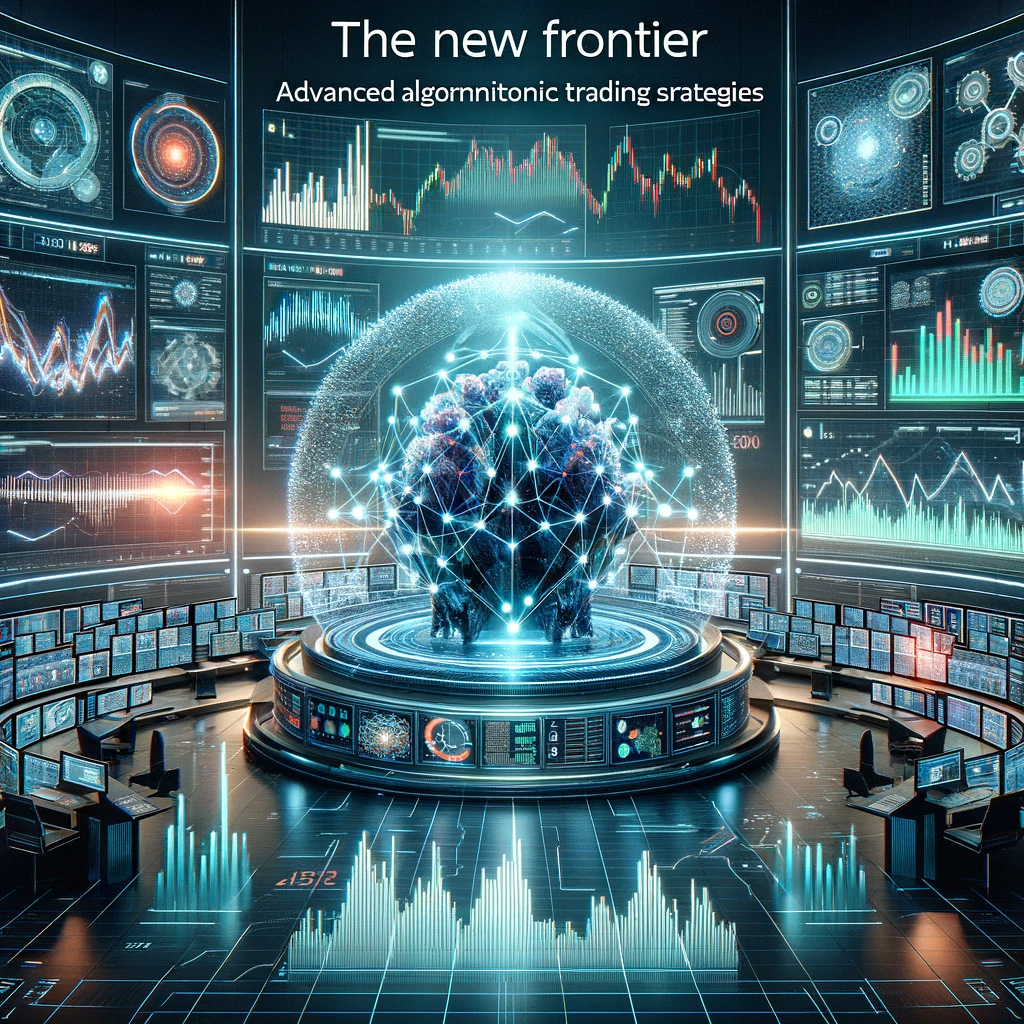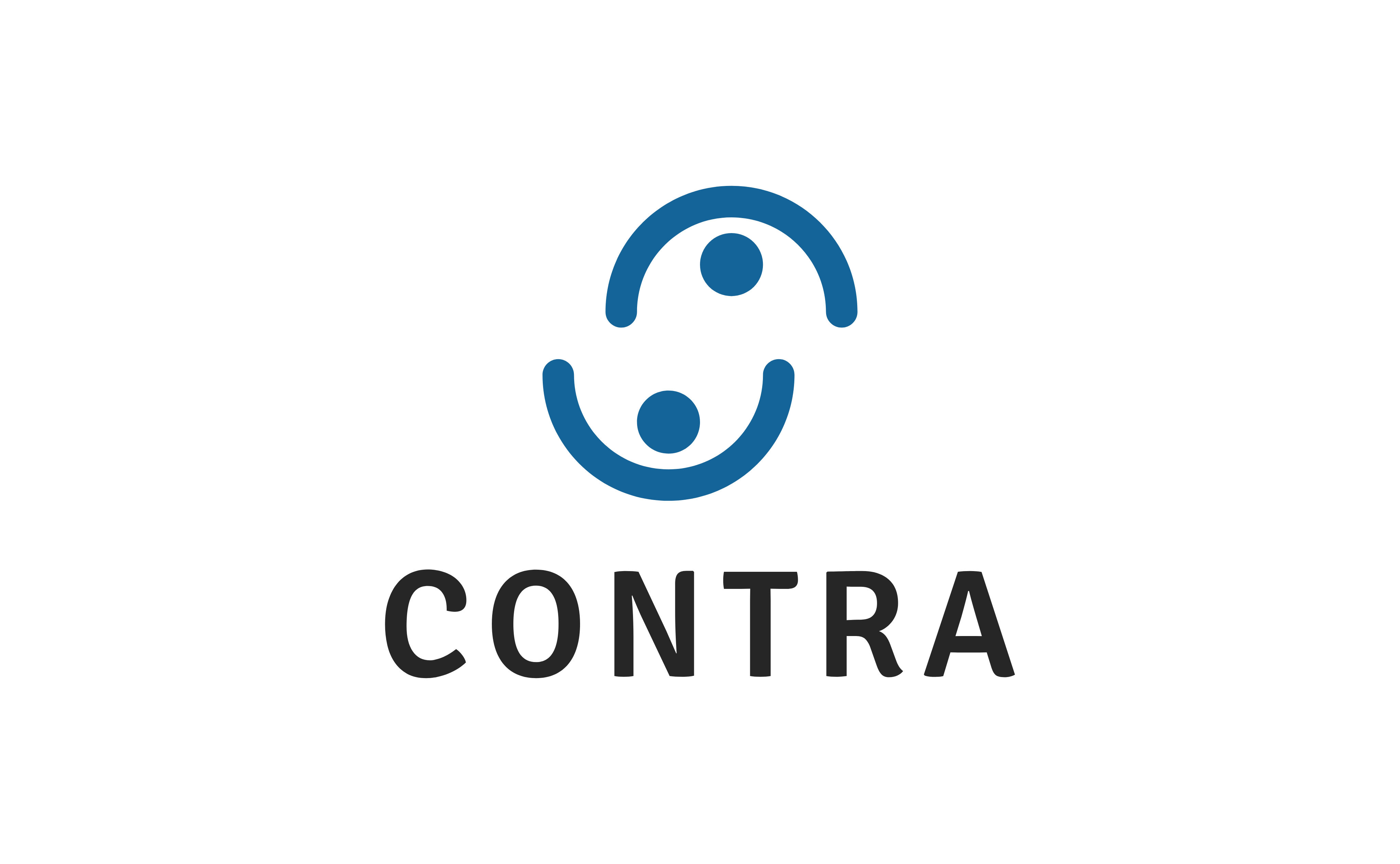
Algorithmic trading has evolved significantly from its early days of simple automated strategies. Today, it encompasses a range of sophisticated techniques, each designed to capitalize on unique aspects of market dynamics. This post explores some of the advanced algorithmic trading strategies that are shaping the future of trading.
- Machine Learning-Based Approaches: Machine learning has revolutionized algorithmic trading by introducing strategies that can learn and adapt from market data. Techniques like neural networks, decision trees, and reinforcement learning algorithms are being increasingly used to predict market movements and execute trades. According to a research paper by Dixon et al., titled “Machine Learning for Algorithmic Trading,” these strategies have shown significant potential in enhancing predictive accuracy and generating alpha (arXiv, 2020).
- Statistical Arbitrage Strategies: Statistical arbitrage involves using quantitative models to identify pricing inefficiencies between related assets. By simultaneously buying and selling these assets, traders can capture risk-adjusted returns. The success of these strategies hinges on complex mathematical models, as highlighted in Gatev, Goetzmann, and Rouwenhorst’s seminal work on pairs trading (The Review of Financial Studies, 2006).
- Market Making Algorithms: Market making algorithms are designed to provide liquidity to the markets by continuously placing buy and sell limit orders. A study by Avellaneda and Stoikov, “High-frequency trading in a limit order book” (Quantitative Finance, 2008), demonstrates how these algorithms balance inventory risk and trade execution to profit from the bid-ask spread.
- High-Frequency Trading (HFT): High-frequency trading utilizes powerful computers to execute a large number of orders at ultra-fast speeds. As noted in Aldridge’s “High-Frequency Trading: A Practical Guide to Algorithmic Strategies and Trading Systems” (Wiley, 2013), HFT strategies can capitalize on minute price movements in the market, often holding positions for mere seconds or milliseconds.
- Sentiment Analysis Strategies: Sentiment analysis algorithms parse through vast amounts of unstructured data, such as news articles and social media posts, to gauge market sentiment. This approach has gained traction as machine learning techniques have become more adept at text analysis. Bollen, Mao, and Zeng’s study on Twitter mood predicting stock market movement is a notable example (Journal of Computational Science, 2011).
Conclusion
Advanced algorithmic trading strategies represent a significant leap from traditional trading approaches. By leveraging the power of technology, data, and sophisticated mathematical models, these strategies offer opportunities to gain a competitive edge in the fast-evolving financial markets.
References
Dixon, M., et al. (2020). Machine Learning for Algorithmic Trading. arXiv preprint arXiv:2004.11165.
Gatev, E., Goetzmann, W. N., & Rouwenhorst, K. G. (2006). Pairs Trading: Performance of a Relative-Value Arbitrage Rule. The Review of Financial Studies.
Avellaneda, M., & Stoikov, S. (2008). High-frequency trading in a limit order book. Quantitative Finance.
Aldridge, I. (2013). High-Frequency Trading: A Practical Guide to Algorithmic Strategies and Trading Systems. Wiley.
Bollen, J., Mao, H., & Zeng, X. (2011). Twitter mood predicts the stock market. Journal of Computational Science.

Leave a Reply